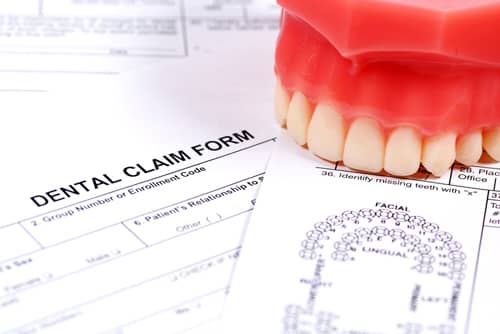One of the key areas of distinction between general dentists and orthodontists (at least from a business perspective) is that many standard dental services are typically covered under an insurance plan, while orthodontics has traditionally used a direct payment model. That is starting to change, however, as the demand for bright, Hollywood-quality smiles continues to rise along with the cost of achieving them.
What many orthodontists don’t realize, however, is that becoming a part of health payors’ networks so they can access that pent-up demand comes with a cost—the need to complete credentialing applications. As any general dentist who has gone through the process can attest, this is a labor-intensive, time-consuming administrative burden for dental providers or their office managers. You have to round up information to fill out a complex, multiple-page application, attach relevant documentation, and then submit it. That process typically takes half a day. You also have to update it periodically.
Where it really gets difficult is all that work is required just to join a single payor network. If you want to join a second one, you have to go through virtually the exact same process again, beginning to end. Rinse and repeat for each network you wish to join.
That’s why you may have heard your general dentistry colleagues cheering with the announcement that the American Dental Association (ADA) is working with Wonderbox Technologies, Mequon, Wis, to create a new, centralized dental provider credentialing database—the only such database that will have the direct involvement of the ADA. Rather than having to apply to each network, dental providers (including orthodontists) will be able to fill out the application once and upload it to a portal on the ADA website.
Then, when payors want to build their networks, they will be able to go to their own portal on the ADA website and obtain the information directly—and immediately. It’s expected to be a tremendous time-saver for everyone involved.
By now you’re probably waiting for the other shoe to drop regarding the cost. Yet there is no cost to register for and use the portal for dental providers, according to ADA executive director Kathleen T. O’Loughlin, DMD, MPH.
“The ADA is providing the usage of the credentialing database as a free service to all member and non-member dentists,” O’Loughlin says. “Additional cost for the verification service will be required of non-members. The ADA credentialing database will also provide automated reminders when licenses and insurance policies are expiring, and also for attestation of the information on a regular basis in order to keep the information current.”
Current expectations are that the ADA credentialing database will be available to all later this summer, following the completion of a pilot program in New Jersey, Nevada, and Kansas that is running now through mid-July.
Becoming part of a dental payor’s network has many attractive benefits to it. But it’s definitely a different way of operating. The ADA credentialing database will remove a significant hurdle and administrative burden, and help orthodontists transition into that world much more efficiently. OP
Mike Lessila is director of business development for SKYGEN USA, a collection of benefit solution companies (including Scion Dental) that brings together a mix of next-generation benefit management and technology tools that help healthcare organizations be market-leading and reform-ready. Lessila can be reached at [email protected].










